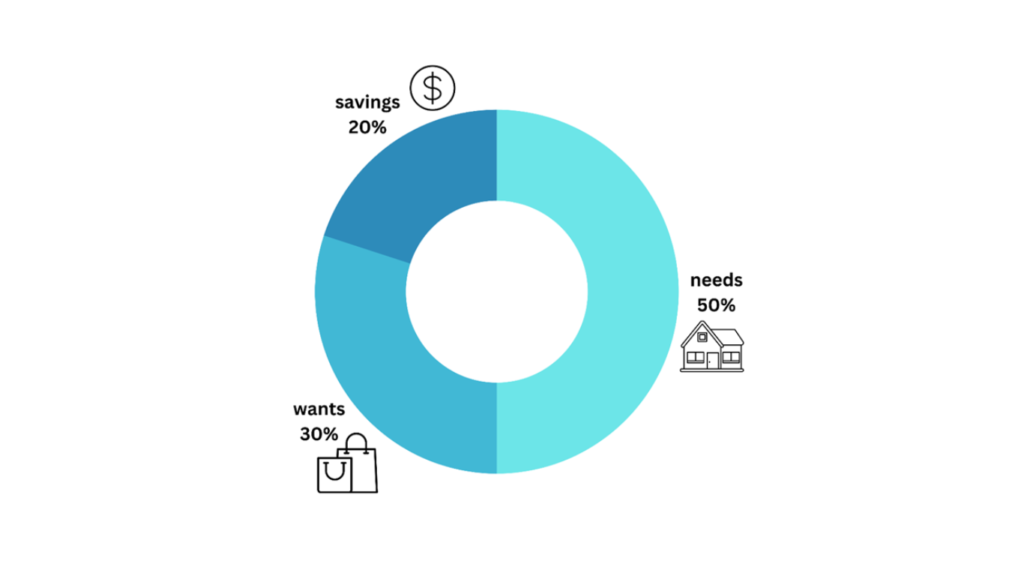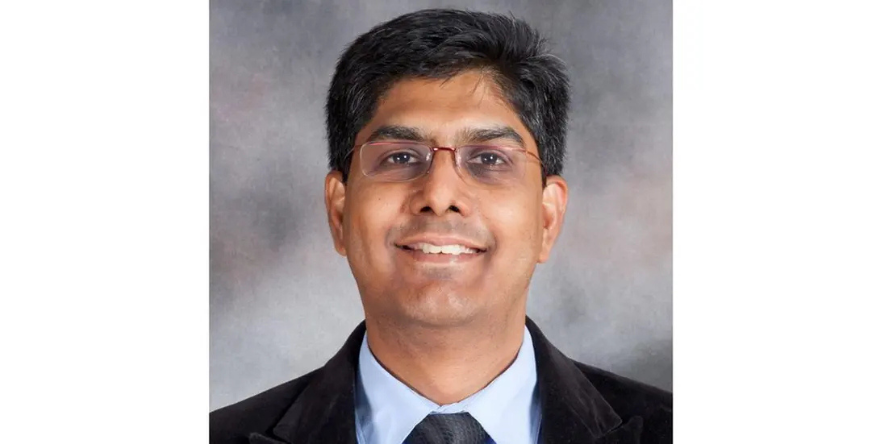For many people, organizing their finances and keeping their accounts up to date is a real challenge.
Taking a global angle, according to the latest ‘World Investment Report’, provided by UNCTAD (United Nations Conference on Trade and Development), Global flows of foreign direct investment recovered to pre-pandemic levels last year, reaching USD 1.6 trillion. However, global foreign direct investment (FDI) flows in the second quarter of 2022 were down 31 percent from the first quarter and 7 percent – less than the quarterly average of 2021. The negative trend reflects a shift in investor sentiment due to the food, fuel, and finance crises around the world.
Basically, there are several ways to better structure your financial planning and, from this post, we are going to discuss the 50-30-20 Method, widely used in several countries.
Created by Elizabeth Warren, an American politician and former law professor who is the senior United States senator from Massachusetts, in her book “All Your Worth: The Ultimate Lifetime Money Plan”, published in 2005, this rule helps people, from different social levels, to achieve greater financial stability, spending their monthly income in 3 big categories: Needs, Wants and Savings.
In her point of view, the theory consists of dividing a person’s net income in proportion to:
50% of the resource allocation for fixed and essential expenses, in which the individual lists all expenses to pay for what is actually needed, such as housing expenses, mortgage, water bill, electric bill, telephone and internet bill, gas bill, public transport, groceries, etc.
30% of the amount should be used for variable expenses, such as subscription to streaming platforms, cable TV, shopping movies and sports events, gym, eating out and entertainment, in general.
20%, finally, would be allocated to a financial reserve strategy and medium and long-term plans, which the investor can, from then on, get the projects off the ground. But, it’s important to remember that every household should prioritize making an emergency reserve in case of unexpected medical expenses, job losses, or any other unforeseen monetary cost.

The first step, here, is to determine your after-tax income, in other words, how much money you bring home after covering taxes. To illustrate the application of this methodology, suppose that a certain citizen receives a net salary of 5,000.00. The ‘Essential’ category, in this situation, must consume up to 2,500.00. For “superfluous expenses”, there is the availability of up to 1,500.00 – and the remainder, 1,000, would be saved and allocated in a certain investment, such as a mutual fund, ETFs, Bonds, and so on.
Clearly, following these rules to the letter is an arduous task, and it can often happen, for example, that fixed expenses exceed 50 percent. So, in these situations, it is better to review some expenses and carry out the exercise of identifying what can be adjusted to balance the financial life. Setting spending limits is a great start on this journey. In addition, to further enhance your tools, try to write down all the information regarding your finances in a spreadsheet software such as Microsoft Excel, a notebook, a financial app, or even a planner. Also, try to consider consulting a financial professional if you need help choosing the right budgeting strategy for you.
As we could see, the 50-30-20 Method is very interesting and can offer the financial control you were looking to have more peace of mind for your future. And if you think maintaining or creating a budget is proving to be a tough task, it may be better to talk to a financial advisor. They can help you make the most of your money management by creating an appropriate plan.
Harion Camargo, CFP, technician in Logistics Management. Bachelor’s in international Trade and postgraduate in Financial Engineering. He has an intensive Business Supplementary course from Kaplan and studied Applied Economics for an MBA. Master’s student in Business Administration with a line of research in behavioral finance. He has been in the financial market, in Brazil, for nine years. He is a CFP professional.
Blog received on email




















